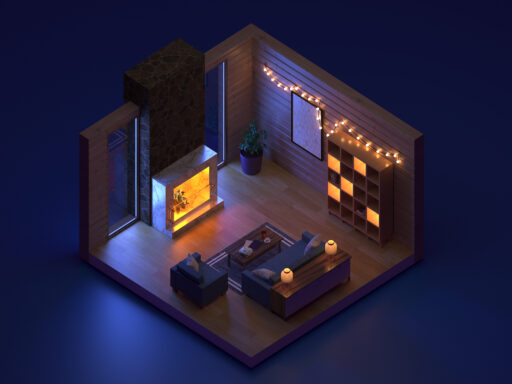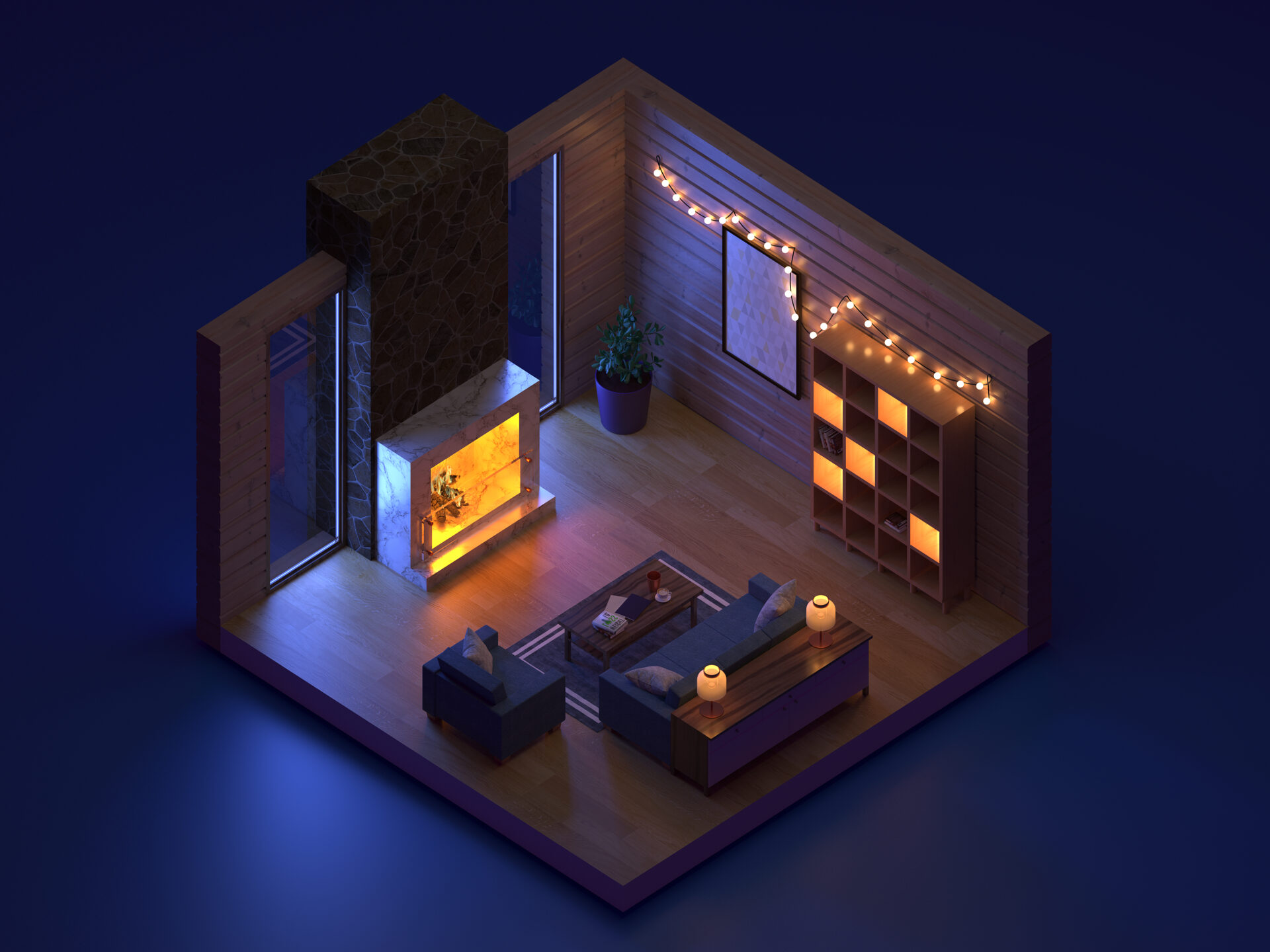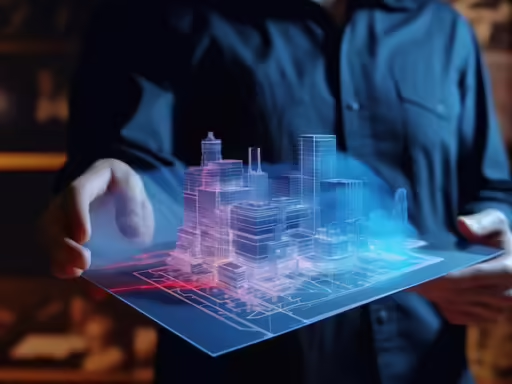Introduction
In the ever-evolving world of interior design, embracing innovative technologies is essential for achieving both efficiency and design excellence. Building Information Modeling (BIM) and Artificial Intelligence (AI) stand out as two groundbreaking technologies with the potential to revolutionize interior architecture. When combined, BIM and AI unlock unparalleled opportunities, enhancing every aspect of the design process.
The Role of Artificial Intelligence in Interior Design
Artificial intelligence (AI) is increasingly becoming a cornerstone of modern interior design, offering designers limitless inspiration and deep insights into client preferences. Beyond inspiration, AI delves into the minutiae of client needs, enabling the creation of truly personalized spaces. Additionally, AI streamlines technical tasks, enhancing precision and efficiency in the design process.
“In the heart of interior design, AI serves as the silent yet indispensable partner, infusing innovation and precision into every space.” – Josefina S., Architect
How BIM and AI Revolutionize Interior Design
1. Rapid Generation of Design Alternatives
With BIM and AI, designers can swiftly create multiple design alternatives and assess them based on diverse criteria. Digital twins allow these alternatives to be visualized in both 2D and 3D, expediting the search for optimal solutions and fostering creativity by facilitating experimentation with various ideas and concepts.
2. Bespoke Furniture Design
Using BIM and AI tools, designers can craft bespoke furniture pieces that match the client’s needs and preferences. The ability to visualize and simulate designs in a digital environment ensures greater precision and accuracy, resulting in high-quality, customized products.
3. Analysis and Simulations
This technology-driven approach enables designers to explore various options and scenarios before finalizing a plan. BIM and AI allow for the analysis and simulation of key aspects such as lighting, ventilation, and energy performance, ensuring that the final design is both functional and efficient.
4. Immersive 3D Visualization and Virtual Reality
3D visualization through digital twins allows designers to anticipate and adjust the spatial experience before construction begins. Integrating virtual reality (VR) technology takes this a step further by letting clients experience their future spaces firsthand, enhancing communication, and ensuring satisfaction.
Conclusion
Integrating BIM and AI in interior design offers tangible benefits that elevate the design process to new heights. These advanced tools empower designers to deliver innovative, personalized solutions that meet and exceed client expectations.
Transform your interior design projects with the power of BIM and AI. Contact us today to learn more and start your journey towards cutting-edge design solutions!






